Experience the Ultimate Adventure: Get on Safaris in Tanzania and Kenya Tour
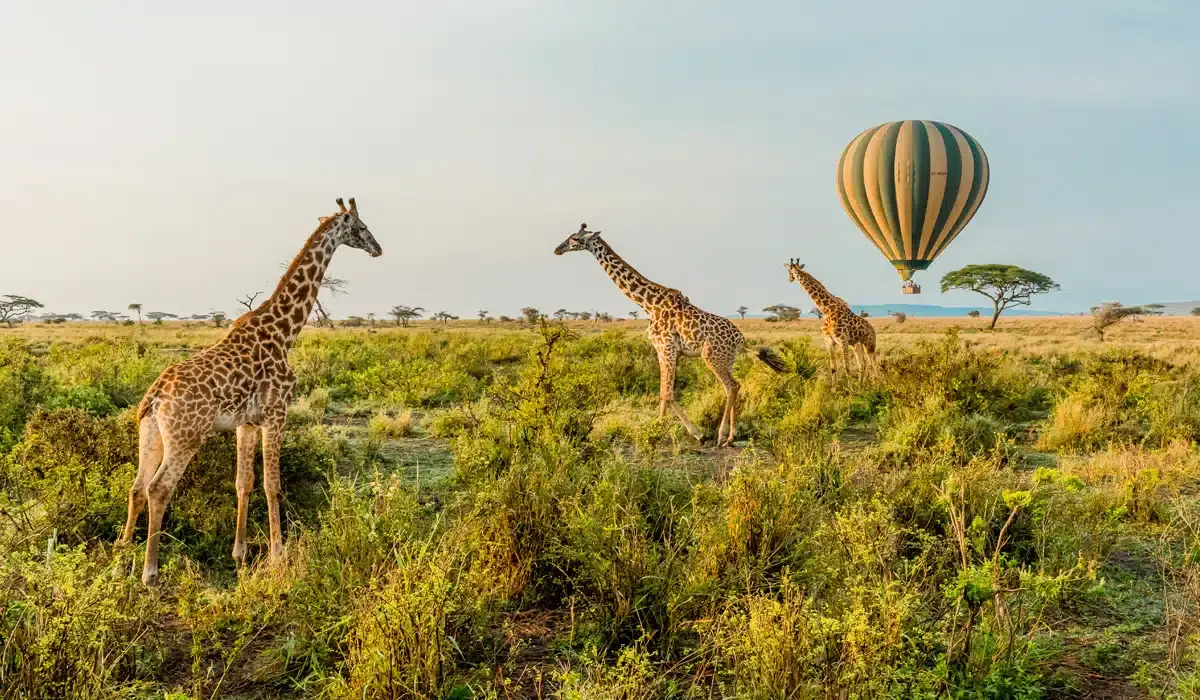
Kenya and Tanzania safaris are some of the most iconic tours you can take in your lifetime. They are so good, you’ll want to come back again and again. From breathtaking landscapes and diverse wildlife to witnessing the big cats hunt, your safari through Tanzania and Kenya offers unparalleled safari experiences.
Along the way, you’ll explore the top game parks, stay in luxury accommodations, and even soar above the landscape in a hot air balloon. With expert tips and insider knowledge from your tour guide, your stay will be nothing short of a wonderful experience.
If you’re ready to plan the adventure of a lifetime, read on, we’ll guide you through the wonders of these two incredible countries.
Book Your Kenya Tanzania Safari With Us
From the grassy plains of the Maasai Mara to the vast open savannah of the Serengeti National Park, we invite you to contact us via phone or WhatsApp at +254-704-532-105. You can also connect with us via email at safarioffers@kenyaluxurysafari.co.uk or safarioffers@ajkenyasafaris.com.
Our senior consultant, Jame Gatheru, is conversant with the East African travel circuit and will help you tailor a safari itinerary that matches your preferences.
Kenya and Tanzania Safari - Photos by Our Clients
The Ultimate Safari Experience: Tanzania and Kenya

Kenya and Tanzania are the crown jewels of East Africa, offering safari-goers an unmatched glimpse into the continent’s diverse wildlife and breathtaking landscapes. So much so, that even the Condé Nast traveller recognises these two countries as incredible safari destinations.
Tanzania is home to the legendary Serengeti National Park and the Ngorongoro Conservation Area, boasting an abundance of wildlife, including the Big Five. The cyclical wildebeest migration typically starts in Tanzania before heading to Kenya’s Maasai Mara and then back to Tanzania. Other notable parks in Tanzania include Selous Game Reserve, Lake Manyara, Ruaha, and Tarangire national parks.
Conversely, Kenya features the world-renowned Maasai Mara National Reserve, the picturesque Lake Nakuru National Park and Amboseli National Park – the home of the African Elephant. Each national park offers exceptional game viewing opportunities and unique experiences.
Exploring the wildlife reserves of Tanzania and Kenya will bring you face-to-face with different animals from the iconic Big Five to the lesser-known species that inhabit these lands. Together, these countries provide the ultimate safari experience, leaving you with memories to last a lifetime.
Tanzania's Top Game Parks

Tanzania safaris fall into main travel circuits—the Northern Circuit and the Southern Circuit. These parks offer a variety of landscapes from open grasslands to mountainous forests and towering waterfalls, beaches, hills, plateaus, and mangrove forests. They are simply irresistible destinations for safari enthusiasts.
Northern Circuit Parks
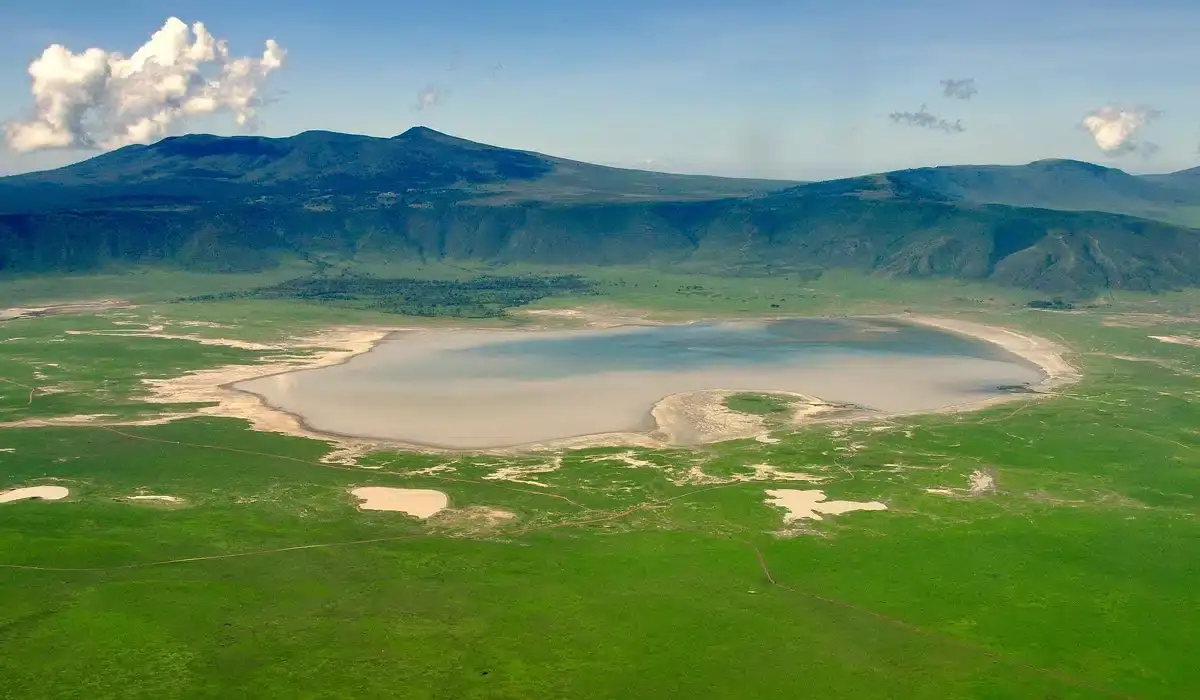
Northern parks include:
- Serengeti National Park
- Ngorongoro Crater
- Mount Kilimanjaro National Park
- Lake Manyara National Park
- Tarangire National Park
- Arusha National Park
Serengeti, Ngorongoro Crater, and Lake Manyara are some of Tanzania’s most prominent national parks on the Northern circuit. A full-day game drive to the Serengeti National Park provides opportunities to spot the Big Five and other fascinating species, such as giraffes, rhinos, and buffalo.
Ngorongoro Crater found within the Ngorongoro conservation area is considered the world’s eighth wonder. It’s both scenic and wildlife-rich. Lake Manyara National Park comes with tree-climbing lions, buffalo, hippos, elephants, flamingos, and other wildlife.
Southern Circuit Parks
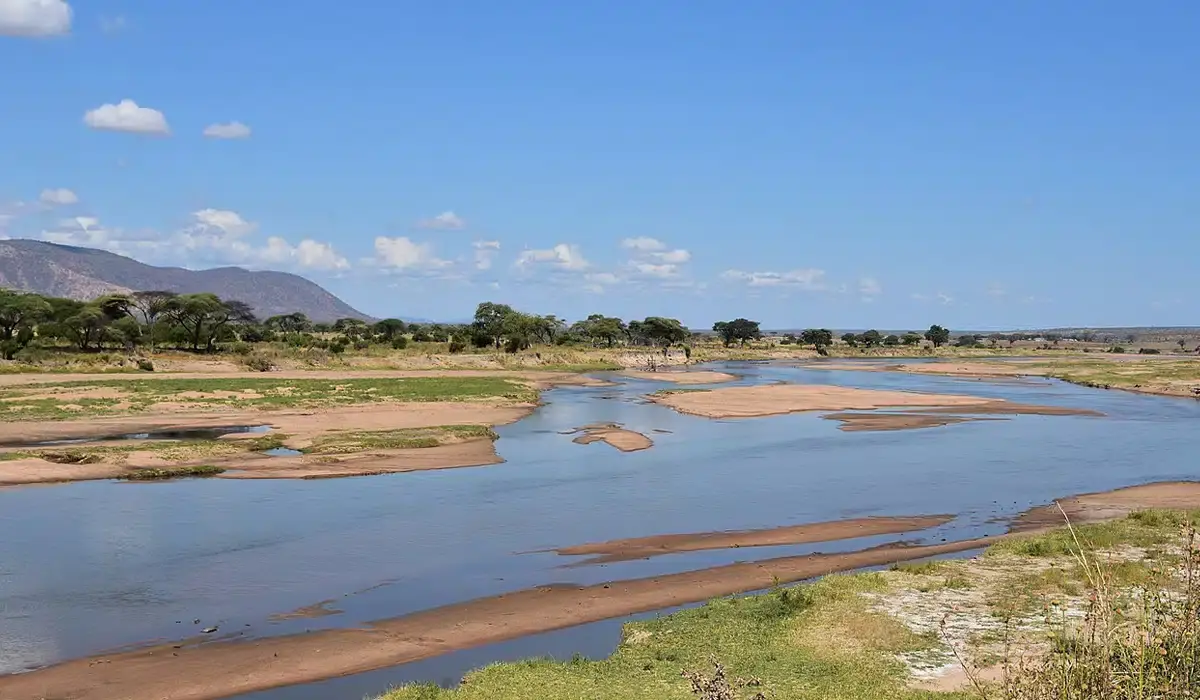
Southern Circuit National Parks are ideal for travellers looking for off-the-beaten-track destinations. They receive far fewer tourists than their northern counterparts, are less explored and feel wilder. The main parks on the Southern Circuit include:
- Ruaha National Park
- Selous Game Reserve
- Katavi National Park
- Nyerere National Park
- Udzungwa Mountains National Park
Whether you’re on a game drive in Ruaha, enjoying a boat ride in Selous, or hiking up the Udzungwa Mountains, these parks will fuel your adventurous spirit.
Eastern & Western Circuit Parks
Few tourists breach the Eastern and Western safari circuits. Thanks to their far-off locations, these parks are more secluded than those on the other circuits. Some of the parks can only be accessed by air or sea.
Some of the parks on the Eastern circuit include Saadani National Park and Mkomazi National Park. Those on the Western circuit comprise the Mahale Mountains and Gombe Stream National Park.
Kenya's Premier Reserves

Kenya’s premier reserves such as Maasai Mara, Lake Nakuru, Amboseli National Park and Samburu Game Reserve provide exceptional game-viewing opportunities and unique experiences for safari-goers. Kenya’s safari circuit is broken into seven regions
Central Kenya & Nairobi Regions
The parks in this region are marked by mountain peaks, hills, alpine moors, and spectacular waterfalls. It’s ideal for nature lovers and photography lovers. The parks on this route include
- Mount Kenya National Park
- Aberdares National Park
- Mount Longonot National Park
- Nairobi National Park
The Sheldrick Elephant Orphanage and Nairobi safari walks are part of this circuit. They are ideal for a single-day itinerary—say when you’re starting or finishing your Kenya and Tanzania safari.
South Rift Region
This travel route is popular among tourists and includes some of Kenya’s best-known attractions. Activities at these parks include morning and afternoon game drives, bird watching which is quite thrilling when migratory birds arrive, ballooning, rock climbing, and hiking. Parks on this route include
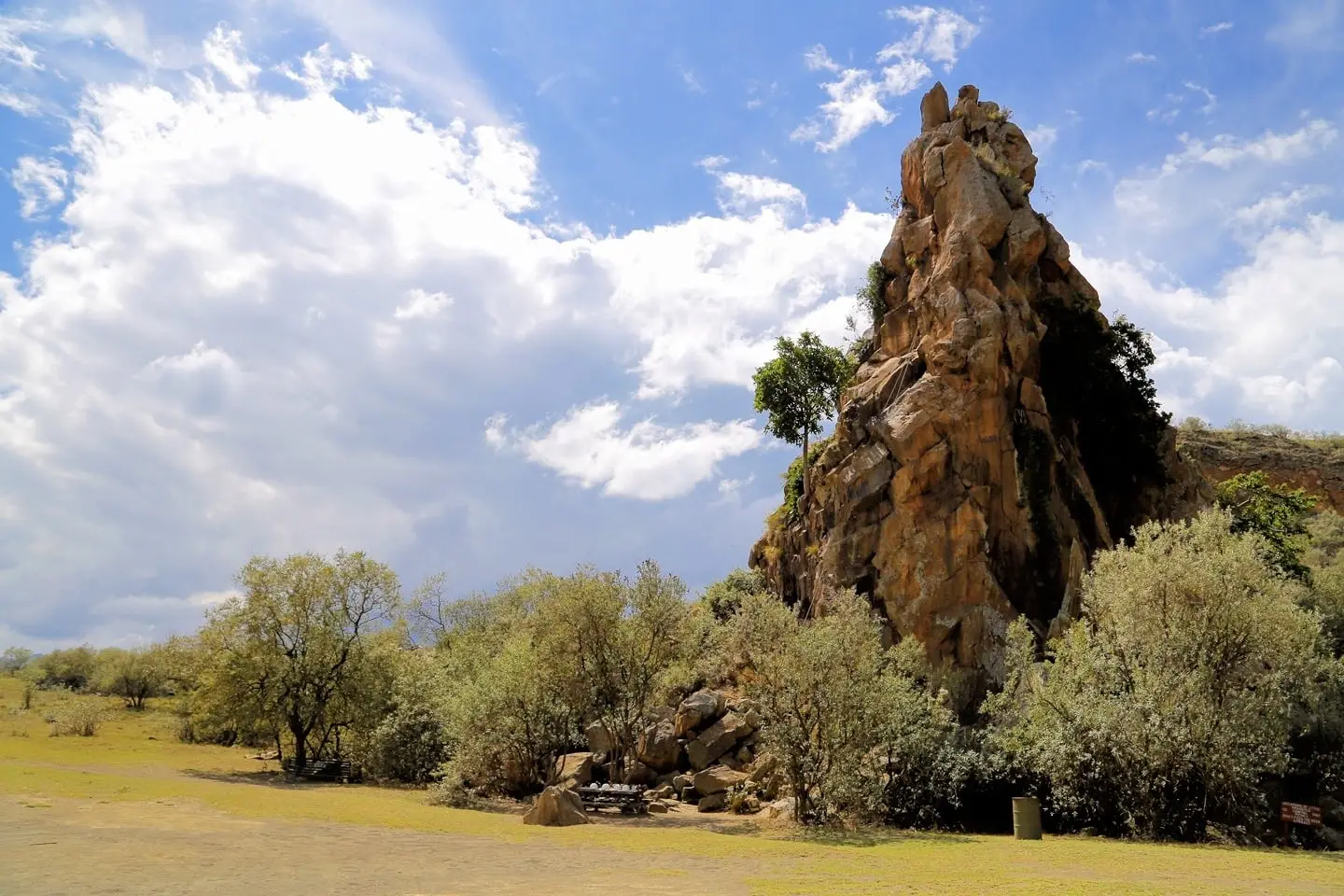
- Maasai Mara National Reserve and its conservancies
- Lake Nakuru National Park
- Hell’s Gate National Park
- Lake Naivasha National Park
North Rift Region
This circuit appeals to visitors looking to explore Kenya’s rugged terrain. Leading parks on this circuit include
- Ol Pejeta Conservancy
- Laikipia National Park
- Sibiloi National Park
- Marsabit National Reserve
Southern Region

This region is home to some of Kenya’s largest national parks. They are marked by arid grasslands, rocky outcrops, swamps, rivers, vast elephant herds, and the big cats. Top parks here include:
- Tsavo East and West National Parks
- Amboseli National Park
- Chyulu Hills National Park
Eastern Region
The eastern region encompasses a dry country with lush vegetation of Mount Meru, swampland and gently rolling lowland plains. It’s home to several unique animal species including the Grevy’s Zebra, Somali Ostrich, Reticulated Giraffe, Pancake Tortoise, Gerenuk, and Beisa Oryx. Some of the leading parks include:
- Samburu Game Reserve
- Shaba National Reserve
- Buffalo Springs National Reserve
- Meru National Park
Coastal Region
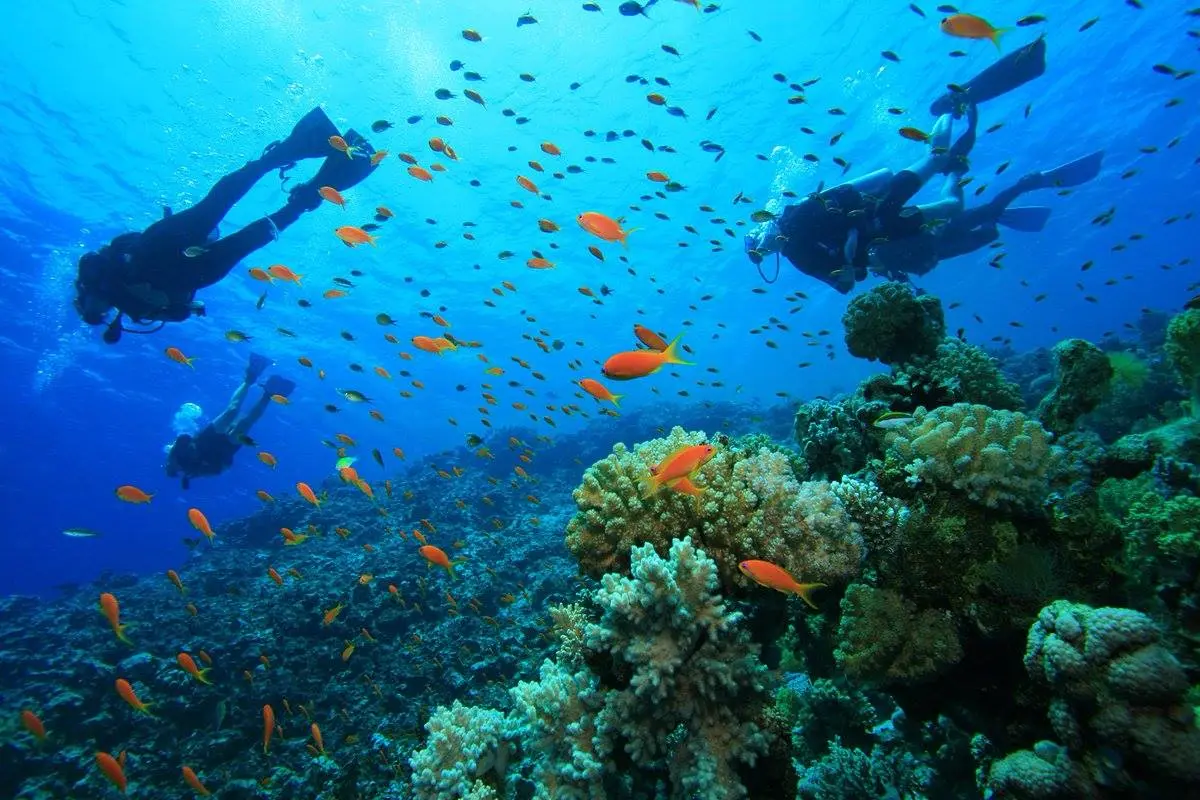
Kenya’s coastline is known for sandy white beaches, warm turquoise waters clear skies, and refreshing breezes. The coastline is part of the 2nd longest fringing reef the world over and also has game reserves for people to visit. Parks in the Coastal region include
- Kisite Mpunguti and Mombasa Marine Parks
- Shimba Hills National Reserve
- Arabuko Sokoke National Reserve
- Tana River Primate Reserve
Western Kenya Region
While this region is the least visited it offers amazing scenery, rich forests, birdlife, and rate animal species. The parks on this route include
- Kakamega Forest National Reserve
- Mt Elgon National Reserve
- Kisumu Impala Sanctuary
- Ruma National Park
Unique Safari Experiences in Tanzania and Kenya

A safari in Tanzania and Kenya offers a wealth of unique experiences that go beyond the traditional game drives and wildlife encounters. From soaring above the landscape in a hot air balloon to bush meals, and engaging with local communities, there’s a world of exciting activities to participate in.
These extraordinary activities offer a different perspective on the region’s game, its beautiful landscapes, and its people. Here, perhaps you’ll make personal connections and create memories that last a lifetime. This section delves into activities that you can incorporate into your safari tours.
Hot Air Balloon Safaris
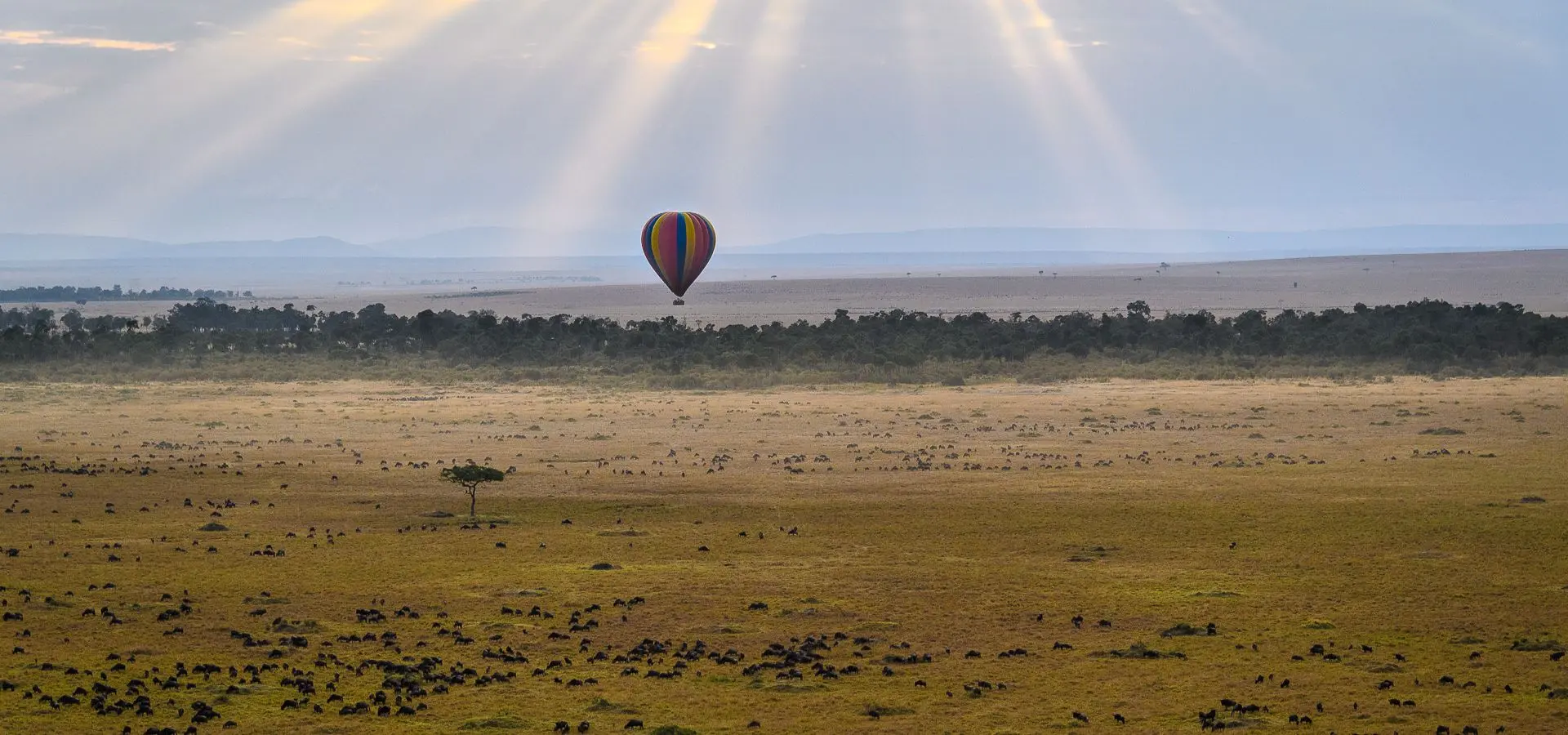
Are you looking for a truly unique perspective on the breathtaking landscapes and wildlife of the East African wilderness? Hot air balloon safaris over the Serengeti National Park or Maasai Mara National Reserve are guaranteed to provide this unparalleled experience.
The thrill of floating silently above the landscape, past vast plains and rolling hills as the sleepy wilderness rouses itself is simply magical. Watching the sun rise over the horizon and casting a golden light on the animals is an experience that will stay with you forever. Afterwards, a post-flight champagne breakfast to celebrate your unforgettable adventure awaits.
Cultural Encounters
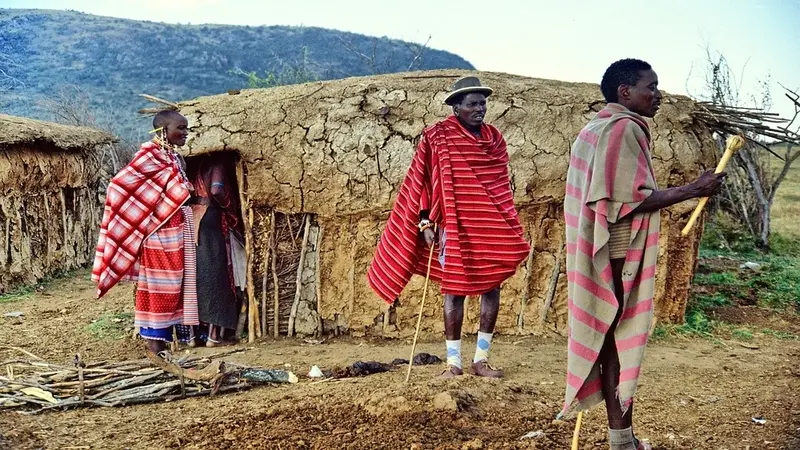
During your Kenya-Tanzania tour, don’t miss the opportunity to immerse yourself in local culture by engaging with the locals and visiting Maasai villages. These enriching experiences offer insights into the lives and traditions of the Maasai people, who have lived in harmony with the land and wildlife for centuries.
As you visit a Maasai village, you’ll have the chance to:
- Learn about their traditional way of life
- Observe their unique customs and rituals
- Participate in their daily activities, such as herding cattle or crafting beautiful beadwork
Experiencing the Great Wildebeest Migration
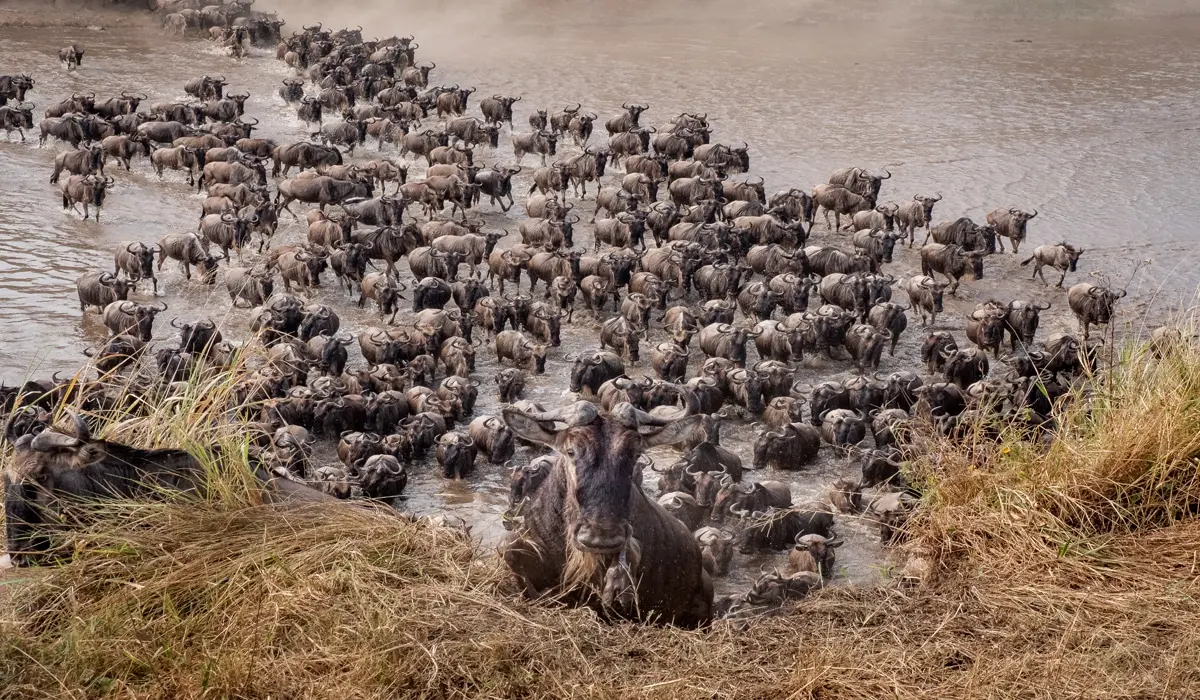
The awe-inspiring Wildebeest Migration is a once-in-a-lifetime experience for any safari-goer in Tanzania and Kenya. This incredible phenomenon involves millions of animals migrating across the plains of Serengeti National Park and Maasai Mara Reserve in search of food and water.
The Migration isn’t only an opportunity to observe vast herds moving across the landscape but also a chance to see the circle of life play out. These herds attract land predators and ferocious Nile crocodiles that have no trouble picking off weak animals. To maximize your chances of witnessing the Migration, it’s essential to plan your visit during the best months and locations to see this incredible spectacle. Let’s look at the Great Migration timeline.
The Serengeti - Mara Wildebeest Migration Timeline
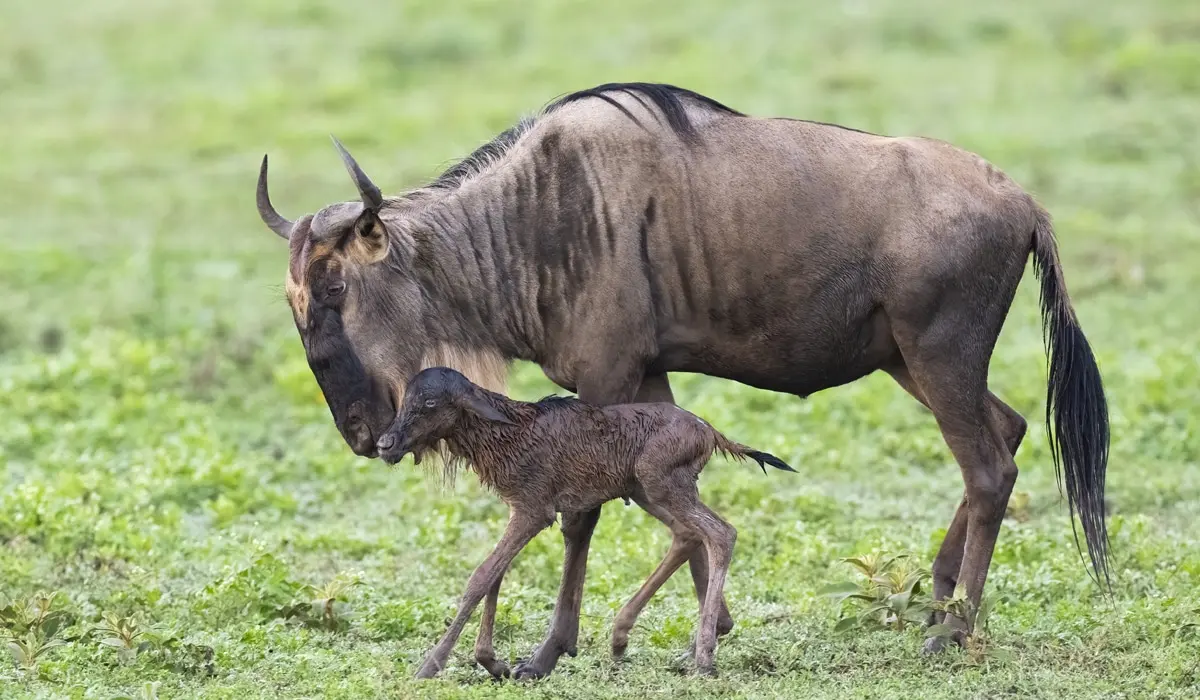
Understanding the Migration timeline is crucial for planning your visit to Tanzania and Kenya. The best months to witness the Migration are typically from July to October. Herds of wildebeest and other animals move from the Serengeti National Park in Tanzania to the Masai Mara Reserve in Kenya. During this period, the animals can be seen crossing rivers, grazing on the lush grasslands, and interacting with other species in a truly awe-inspiring display of nature’s beauty and power.
While the dry season (June to October) is considered the best time to witness the Great Migration, it’s important to remember that the exact timing and location of the herds can vary each year due to factors such as rainfall and food availability. As a result, it’s essential to plan your safari with flexibility in mind, allowing for the possibility of changes to the migration patterns.
If you would like to follow the wildebeest beyond the Mara River crossing, we can arrange for you to witness the calving season in Ndutu Plains. Better yet, follow animals in the rutting and fattening seasons in western and central Serengeti.
Tips for Viewing the Great Migration
To make the most of your Migration viewing experience, it’s essential to consider several factors, such as:
- Choosing an experienced tour guide. They will be of great value since they understand and constantly keep tabs on the migration patterns so you can be in the right place at the right time.
- Staying in lodges or camps along the migration route to enhance your chances of witnessing the herds as they traverse the landscape
Luxury Lodges and Camps in Tanzania and Kenya
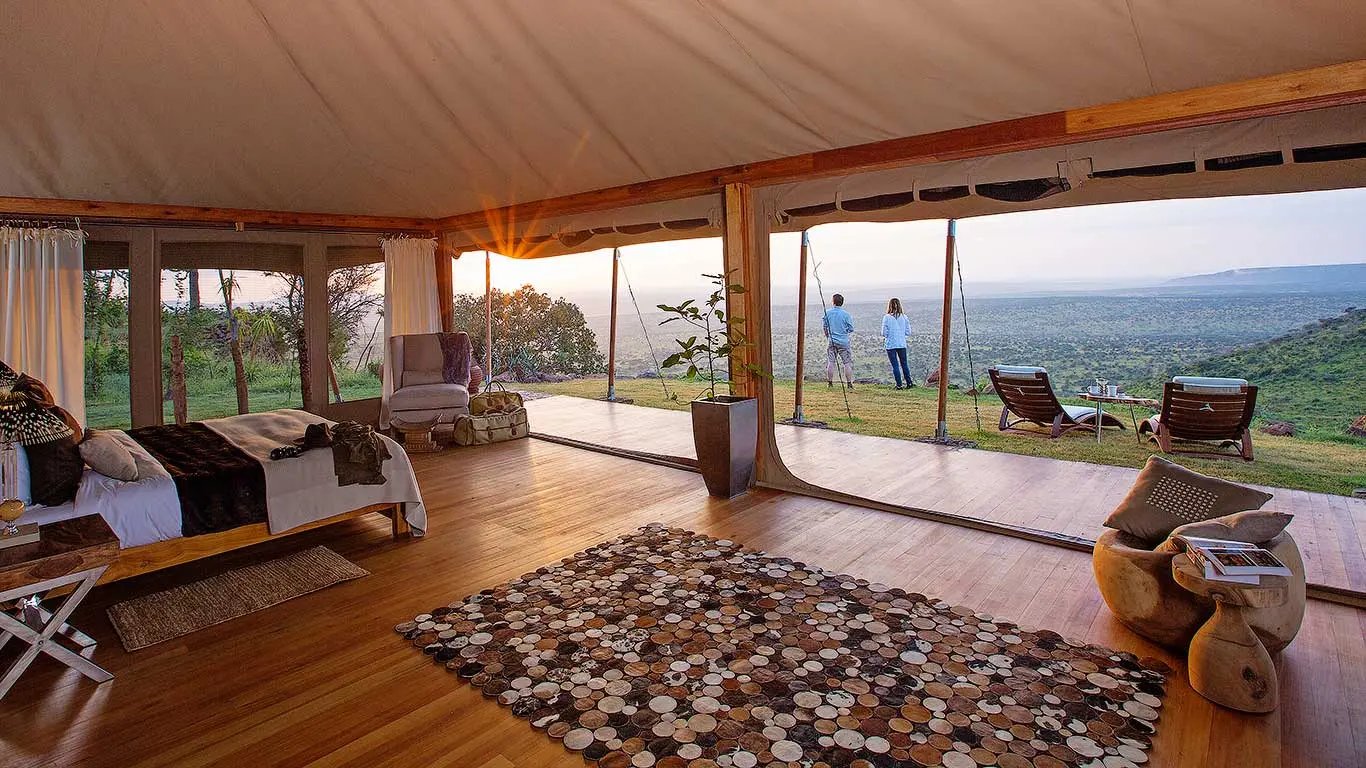
For safari-goers seeking an indulgent adventure, luxury lodges and camps in Tanzania and Kenya provide unparalleled comfort in the wilderness. These incredible accommodations offer world-class amenities including fine dining, spa treatments, and the comforts of home. Perfect retreats after a day of thrilling wildlife encounters.
Tanzanian Luxury Accommodations

At the heart of the Serengeti National Park is the ultra-luxe One Nature Nyaruswiga Camp that will leave you feeling like royalty. The beautiful tented suites feature elegant brass furnishings, Eucalyptus wood pillars, wood-burning fireplaces, chandeliers, and freestanding bathtubs. The camp offers a heated plunge pool, jacuzzi and an astral observation deck.
Mwiba Lodge, found in a private reserve in Southern Serengeti is ideal for those looking for tranquil and uncrowded wilderness experiences. Guests can laze in the infinity-edge pool overlooking three springs or go on a game drive or cultural tour. The lodge only accommodates a handful of guests at a time to maximise exclusivity.
Serengeti Under Canvas is a luxury mobile camp that’s ideal for those who want to follow the Wildebeest Migration timeline. The camp comes with a private butler service, elegant furnishings, cosy beds and en-suite flush toilets meaning you won’t be “roughing” it out there.
Serengeti South Camp is the place to lodge if you want to witness the calving season in the Great Migration timeline. The tents are comfortable and spacious and overlook the calving grounds, meaning you don’t have to go far to witness the cycle of life unfold. The camp also arranges fly camping at Lake Eyasi.
Other luxury accommodations in Serengeti National Park include the Four Seasons Safari Lodge, Kichakani Serengeti Camp, Namiri Plains tented camp, and Singita Sasakwa Luxury Lodge. Luxury options in the Ngorongoro Conservation Area include The Highlands Camp, andBeyond Ngorongoro Crater Lodge and Oldeani Mountain Lodge.
Tarangire National Park comes with Chem Chem Lodge, Tarangire Treetops, and Swala Safari Camp. Beho Beho Camp, Roho ya Selous, and Sand River Selous are excellent options for your stay in Selous Game Reserve. If you’re visiting Ruaha National Park consider staying at Jongomero Camp or Jabali Ridge.
Kenyan Deluxe Retreats
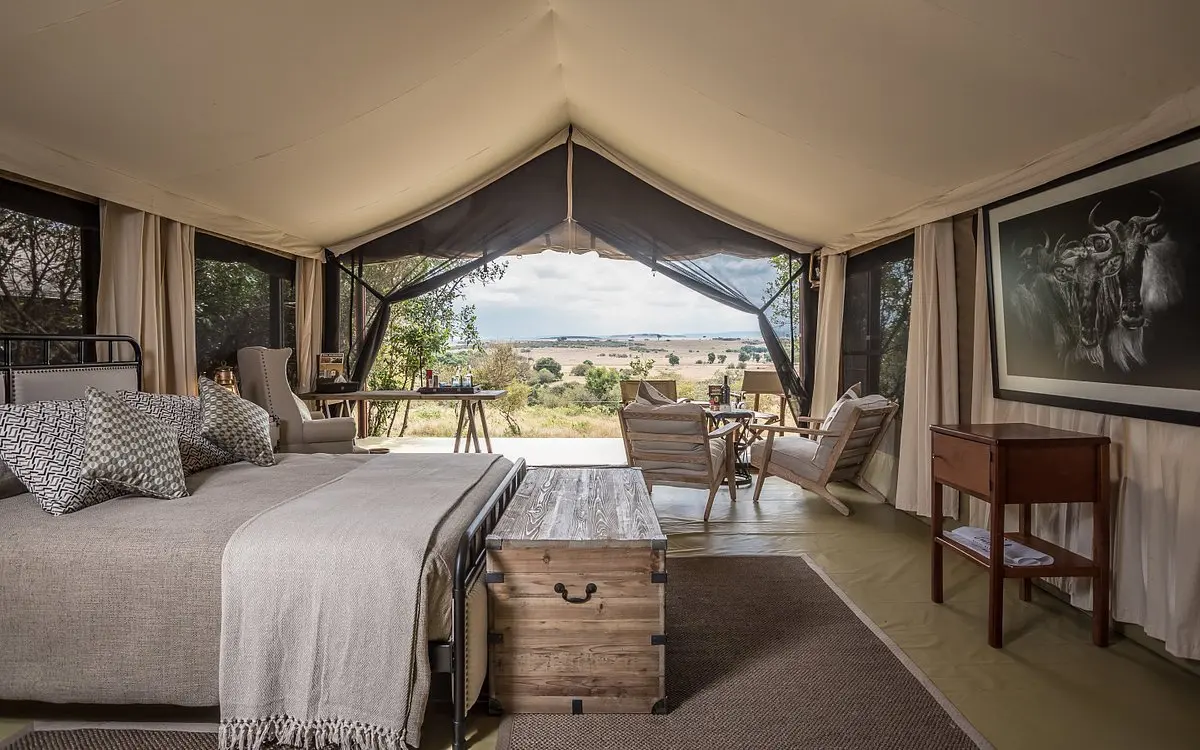
As with Tanzania, Kenya’s parks and reserves offer stunning accommodation options for its guests. If you’re at the Maasai Mara National Reserve, you can stay at the Sanctuary Olonana, Cottar’s 1920s Camp, Ol Seki Hemingway’s Mara Camp, or Mara Serena.
Entim Camp, Little Governors Camp, Mara Engai Lodge, Serian Nkorombo Mobile Camp, and Fairmont Mara Safari Club are also choice accommodations at the Mara. At Lake Nakuru National Park, luxury accommodation options include Sarova Lion Hill Game Lodge, Lake Nakuru Lodge and Mbweha Camp.
While touring the Amboseli National Park, you can lodge at Ol Tukai LodgeSentrim, Amboseli Lodge, Amboseli Serena Safari Lodge, or Tortilis Camp. Tsavo National Park has several luxury lodges and tents including Sarova Salt Lick Lodge, Kilaguni Serena Safari Lodge, Man-Eaters Camp, and Soroi Lions Bluff Lodge.
Ol Pejeta safari cottages, Mutara Camp, and Sweetwaters Serena Camp at the Ol Pejeta Conservancy are ideal accommodations while you’re on a safari adventure in the North Region. Deep in the heart of Samburu, you’ll find jewels like Loisaba Tented Lodge, Saruni Samburu, and Samburu Intrepids.
Planning Your East African Adventure
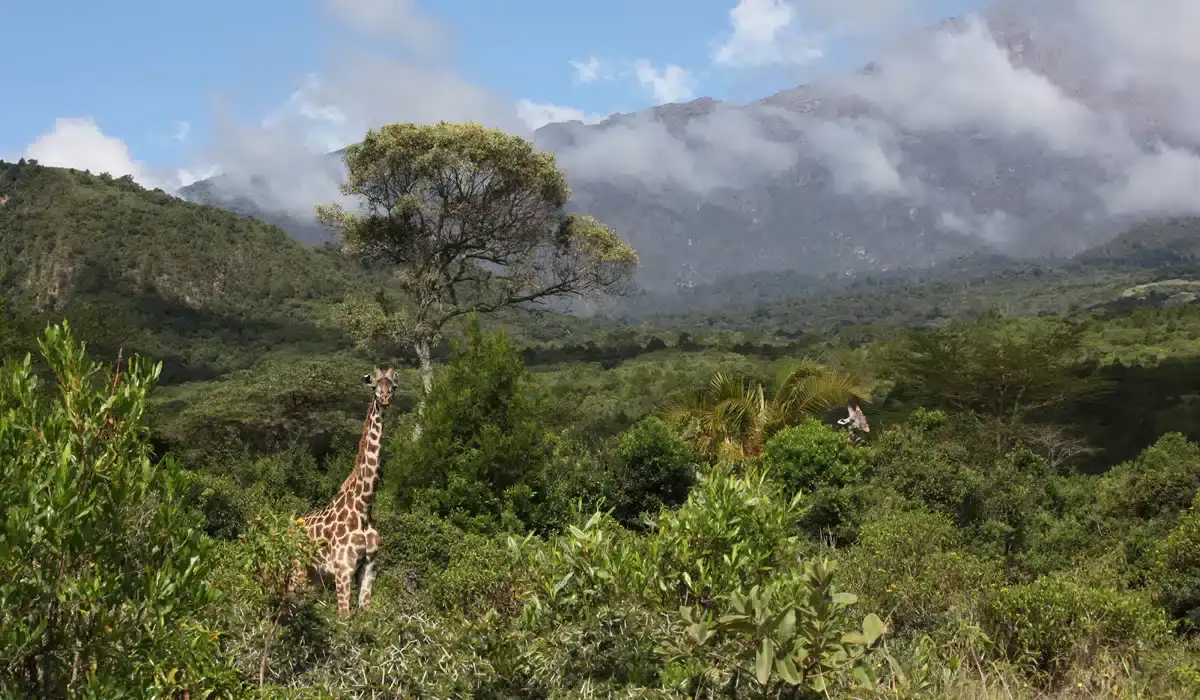
Proper planning is critical to enjoying your Kenya-Tanzania safari. Part of this planning involves choosing the best time to visit Tanzania and Kenya, the activities you would like to participate in and your preferred accommodation. Working with a reputable tour guide to put together your safari itinerary can be the difference between a seamless safari experience and major disappointment.
Here are our top tips
Best Time to Visit
June to October, the dry season, is the optimal time to visit Tanzania and Kenya for wildlife viewing. During this period, the weather is generally more predictable, making it an ideal time for safaris and wildlife encounters. The dry season also offers numerous advantages, such as better visibility for spotting animals, fewer tourists, and more comfortable temperatures for exploring the parks.
While the dry season may be the most popular time for safaris, Tanzania and Kenya still offer incredible wildlife experiences year-round. The calving season in February and March offers a unique opportunity to witness the birth of thousands of wildebeest calves in the Serengeti. Migratory birds arrive during the rainy season, adding a splash of colour and excitement to the parks. The rainy season also turns the dry open plains into lush grasslands perfect for photographic safaris.
Several camps shut down for maintenance during the rainy season but those that remain open offer reduced rates. This means that you can enjoy a longer stay at this time, for the money you would have paid in the high season.
Travel Tips and Preparations
Packing appropriately for your trip is crucial, as the weather in Tanzania and Kenya can vary greatly from early mornings to cool evenings. If this is your first time in Africa and you’ll be getting on your first game drive, be sure to dress in layers that you can remove as the day goes by.
Carry sunglasses, a hat, and sunscreen to protect yourself from the elements. Health precautions, such as obtaining necessary vaccinations and medications, are also important, as well as taking measures to protect against mosquito-borne illnesses.
Check the visa requirements for Tanzania and Kenya as well as any additional entry requirements due to current global health concerns.
Customizing Your Safari Itinerary: Combining Tanzania and Kenya
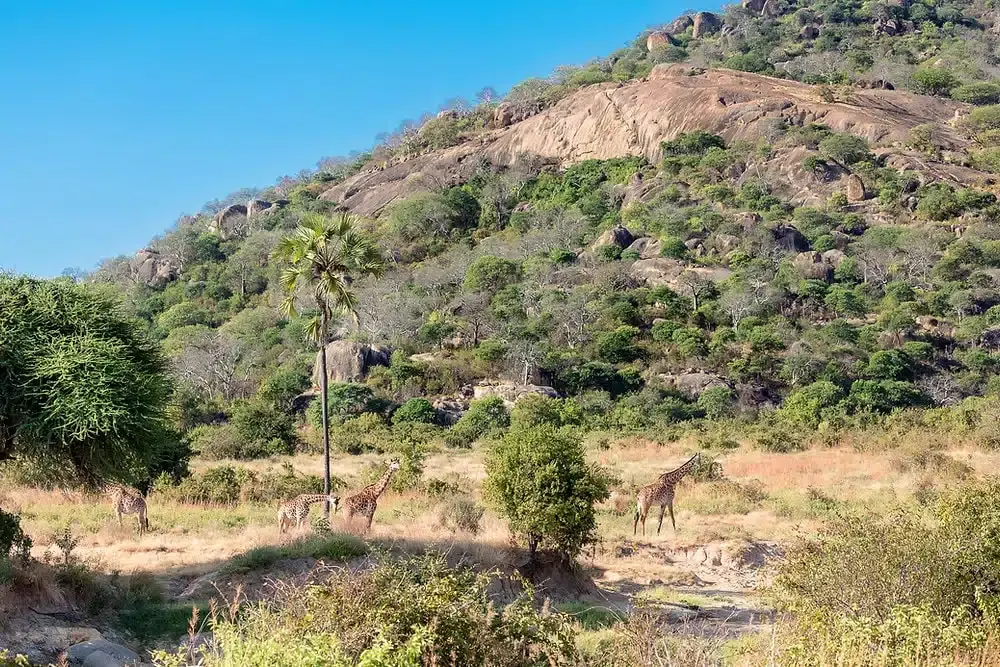
Kenya and Tanzania have common attributes that include climate, wildlife, landscapes, and cultures. Combining your safari to Kenya and Tanzania means you can explore some of Africa’s legendary destinations at the same time.
You can, for example, combine your Tanzania safari in the Serengeti National Park with the Maasai Mara National Reserve to enhance your Great Migration experience. Since the migration starts in the Serengeti National Park, you can follow these mega herds from there and witness the crossing in Kenya’s Maasai Mara.
If you’re into off-the-beaten-track explorations, a stay at the Tarangire National Park, Tanzania will blend well with Kenya’s Samburu Game Reserve. Gorilla and Chimp trekking in Udzungwa Mountains National Park can work well with hikes up the Aberdare range trails in Aberdare National Park. Similarly, exploring the coral reefs on Kenya’s Coast can complete a relaxing stay in Zanzibar.
The benefits of combining Tanzania and Kenya include
- Maximising game viewing possibilities. While Kenya and Tanzania are home to big cats, elephants, rhinos, Thomson’s gazelle, wildebeest and other animals, it’s possible to see all the animals in one park. Black rhinos and leopards are harder to spot but a Serengeti, Ngorongoro and Maasai Mara combo can increase your chances of seeing them.
- Experiencing various landscapes. Kenya Tanzania, safari offers vast open plains, arid scrublands, lakes, swamps, craters, riverine vegetation, forests, and the highest mountain peaks in Africa. Scenic addicts and those going on photography safaris are sure to have their fill.
- Cutting down the cost of air travel. Planning a single trip to Kenya and Tanzania is cost-effective as opposed to making two separate trips to these destinations. You can fly into Nairobi’s JKIA or Dar es Salaam Airport depending on where you’re starting your safari from, then travel to the second country to complete the tour. The shared borders make it easy to cross from one country to the next without too much hassle.
Summary
Tanzania and Kenya offer a wealth of world-renowned destinations for safari-goers in East Africa. From the breathtaking landscapes of the Serengeti and Maasai Mara to the captivating wildness of Tarangire and Samburu Game Reserve, these countries offer the ultimate safari adventure.
If you’re looking to immerse yourself in the wonders of the African continent it’s time to plan your Kenya Tanzania safari. Talk to us for more details.
Frequently Asked Questions
Is Kenya or Tanzania Better for Safaris?
Tanzania has larger wildlife parks compared to Kenya which means you’ll need more time to traverse the parks. Both countries are marked by expansive savannahs, golden grasslands, and pristine beaches although Kenya has retained more authentic Maasai experiences. Both countries offer world-class lodges and camps with excellent services although Kenyan accommodation options are cheaper compared to their Tanzanian lodgings. In the end, both Kenya and Tanzania are great options for a wildlife safari.
Which Month Is Best for Safari in Kenya and Tanzania?
Thanks to closely matched climates and ecosystems, June to October is the best time for a safari in Kenya and Tanzania. The wildebeest migration to the Maasai Mara reaches its peak around September and the climatic conditions are ideal for wildlife viewing.
Can You Do Kenya and Tanzania Together?
Yes, you can do Kenya and Tanzania together. An experienced tour guide will help customise a safari itinerary that incorporates both countries. You can combine tours to the Maasai Mara National Reserve with tours of Serengeti National Park and Ngorongoro Crater. A safari to Amboseli National Park can blend well with a safari to Kilimanjaro National Park before proceeding to other parks on your Tanzania safari.
What Are the Top National Parks and Reserves in Tanzania and Kenya?
Serengeti National Park and Maasai Mara National Reserve are the top national parks in Tanzania and Kenya respectively. Ngorongoro Crater, Lake Manyara National Park, Tarangire National Park, Ruaha National Park and Selous are some of the leading parks in Kenya. Kenya’s Amboseli National Park, Ol Pejeta Conservancy, Lake Nakuru National Park, Tsavo East & West and Samburu Game Reserve are worth visiting.
What Are Some Unique Safari Experiences in Tanzania and Kenya?
Hot air balloon safaris, night game drives, a picnic lunch in the heart of the African wildlands, and cultural interactions with the Maasai people. These experiences are both unique and thrilling. If you venture into the coastal regions, you can explore the underwater world or engage in various watersports.
